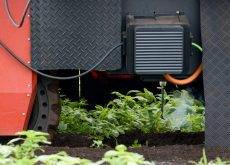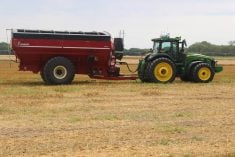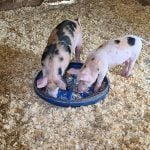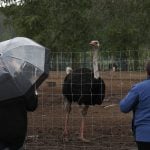A Manitoba researcher was shocked last year to discover that plots of intercropped canola yielded nearly as much as canola grown by itself.
“The cool weather really helped us have good yields overall, but when we went to harvest it, we were pretty amazed as to the results,” said Scott Day, a diversification specialist with Manitoba Agriculture.
“We were blown away by the fact that we almost had the same yield on both crops planted together as they were on their own.”
Read Also
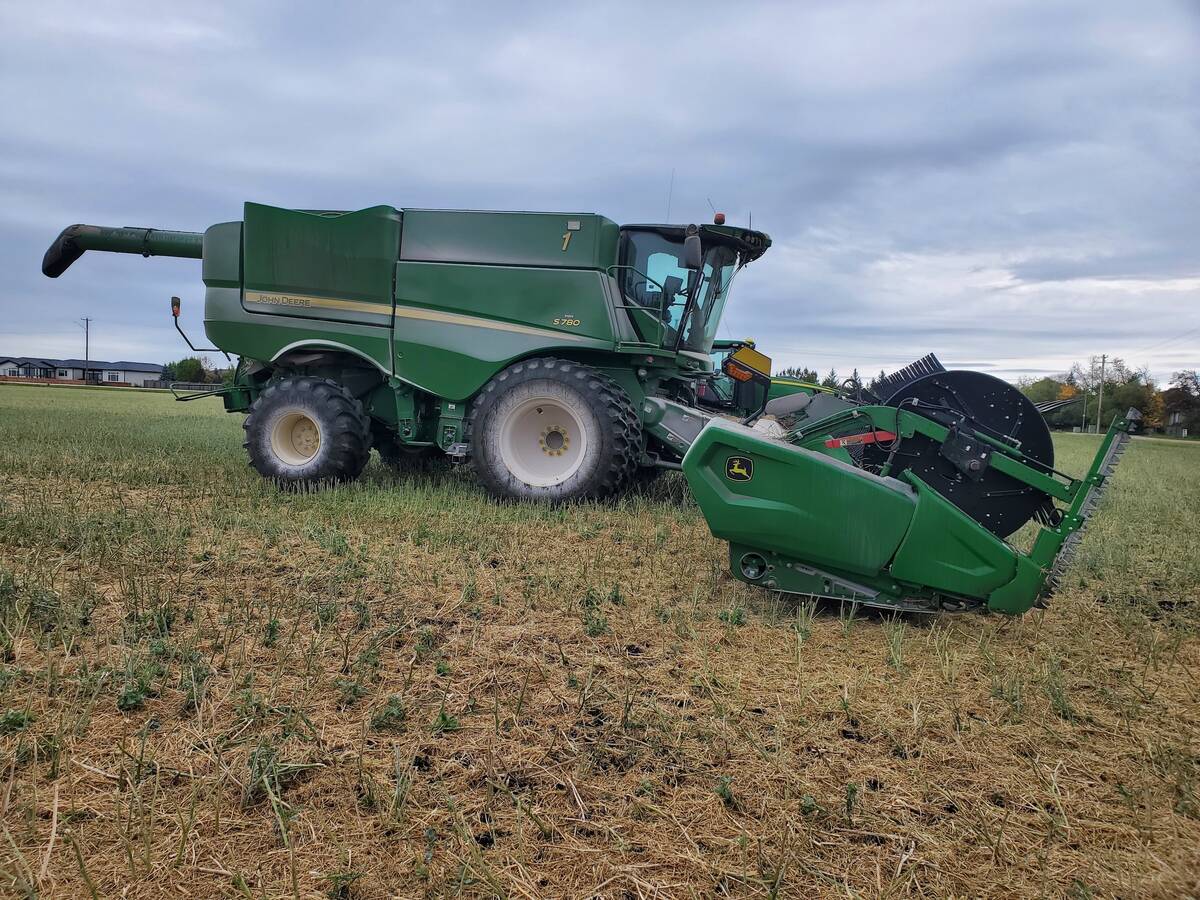
Powdery mildew can be combine fire risk
Dust from powdery mildew can cause fires in combines.
The Westman Agriculture Diversification Organization, a research arm of Manitoba Agriculture in southwestern Manitoba, planted plots near Melita last year to test the potential yield benefits of intercropping peas and canola.
Canola and peas were planted by themselves to serve as control plots: six pounds per acre of Clearfield canola and 120 lb. per acre of Striker peas.
The researchers then seeded peas and canola together using various combinations of those full rates. For instance, one intercrop was seeded at half rates: three lb. per acre of canola and 60 lb. per acre of peas.
“(It) was just seeded (together) as one tube had both seeds,” Day said.
After harvesting the test plots, the researchers found the intercropped plots consistently yielded more than the monoculture plots, regardless of rates.
For example, a pea-canola plot seeded at half rates produced 2,100 lb. per acre (42 bu. per acre) of canola and 1,474 lb. per acre of peas. The intercrop of peas and canola produced 3,577 lb. per acre in total.
The control plots of canola alone yielded 2,519 lb. per acre (50 bu. per acre) and the peas in monoculture produced 2,069 lb. per acre.
“It’s only one year of site data,” said Day, who cautioned that the intercrop results, although encouraging, shouldn’t be accepted as the final word because more test plots and field trials are required.
In a report on their intercropping study, researchers attributed the increased yields to better use of nutrients, light and water and superior pest control compared to monoculture crops.
Dustin Williams, who farms southwest of Souris, Man., and has intercropped peas and canola for three years, said poly-culture crops are more resistant to insects and disease.
“I’ve only ever sprayed once for sclerotinia,” said Williams, who farms 4,500 acres of grain and oilseeds with his father, Wayne.
“We noticed lower aphids the one year in the crop. Maybe the combination of it is more work than the neighbour’s monocrop,” he said.
“Same with grasshoppers. That was another one we noticed. Grasshoppers don’t seem to like peas.”
Intercropping hasn’t generated massive harvests for the Williams but has produced higher yields than canola alone on land adjacent to the Souris River.
“The best I’ve had is a 20 percent increase over what my canola did on the same field,” said Williams, past president of the Manitoba North Dakota Zero Tillage Association.
The agronomic practice is also a useful tool to improve soil fertility, he added.
“We rent a lot of land (so) when it comes to us, it (can be) pretty beat up,” he said.
“It’s usually had a lot of tillage on it and not a lot of inputs back into it. So this was a way we tried to clean up the soil, mellow it out and build a new soil profile. It really worked, the land’s really producing now.”
He plans to intercrop a half section with peas and canola this spring.









